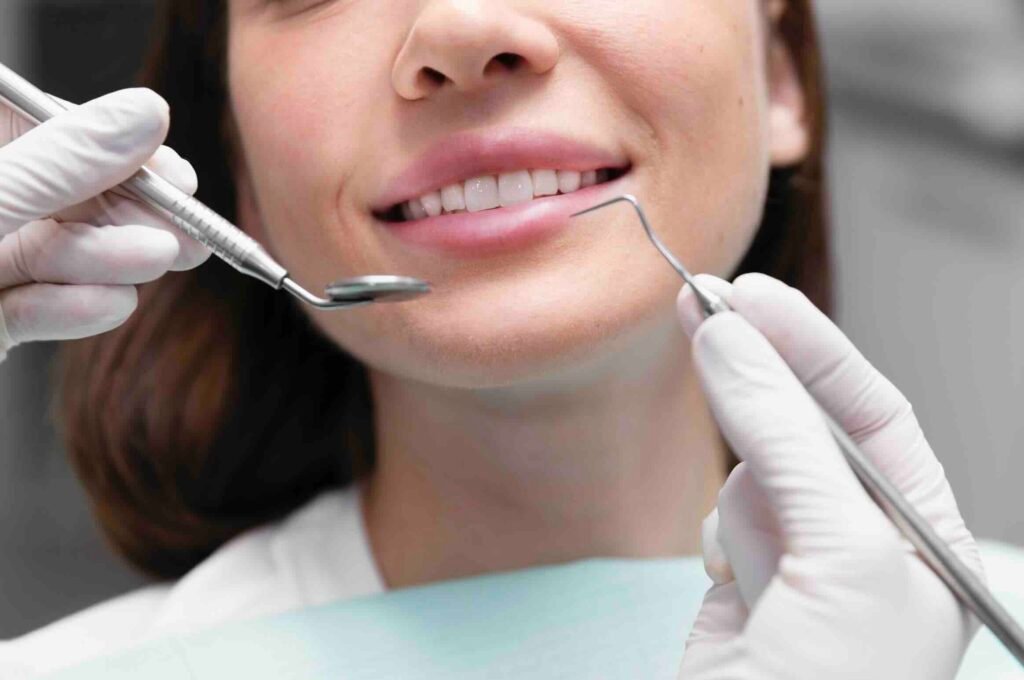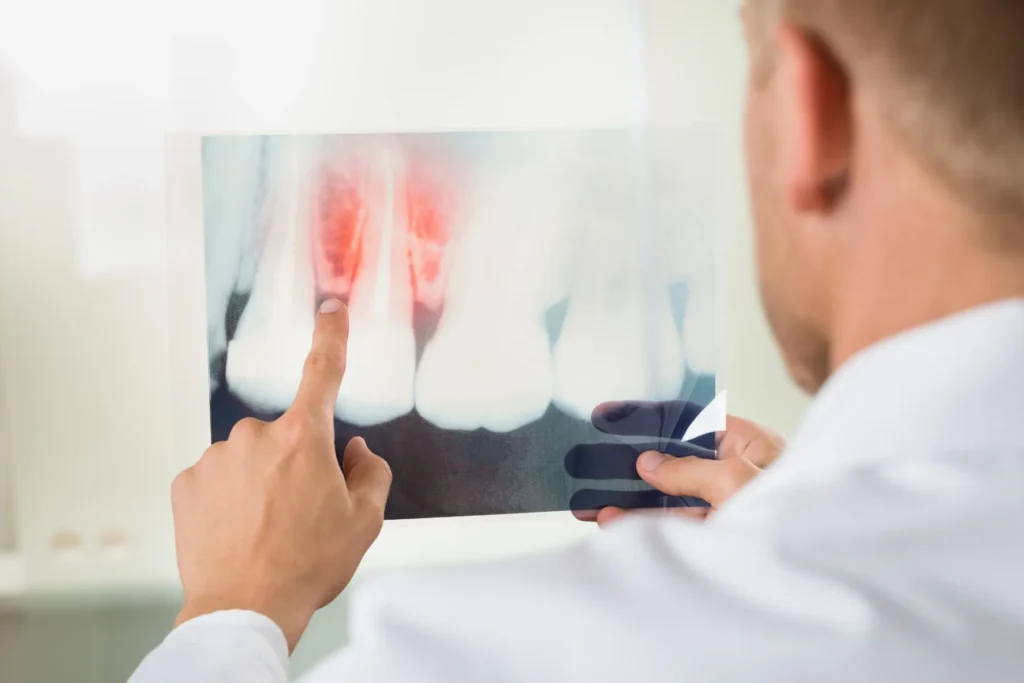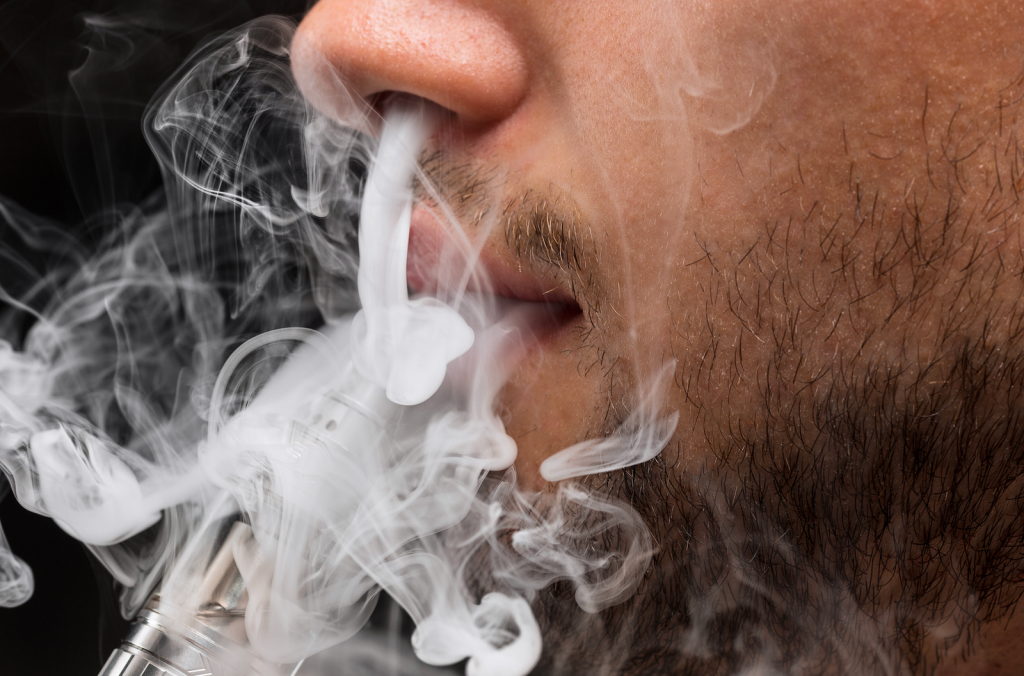Introduction: What Is Gum Grafting?
Gum grafting is a surgical procedure designed to restore lost gum tissue and protect exposed tooth roots. It is commonly recommended for patients with receding gums caused by periodontal disease, aggressive brushing, or genetic predisposition. When left untreated, gum recession can lead to increased tooth sensitivity, higher risk of decay, and even tooth loss. This guide will cover everything you need to know about gum grafting, from the different types of grafts to recovery tips and potential costs.
Why Would You Need Gum Grafting?
Gum recession is a gradual process that can have serious consequences if not addressed. When the gum tissue pulls away from the teeth, it exposes the delicate root surface, leading to:
- Increased tooth sensitivity to hot, cold, and sweet foods
- Higher risk of cavities along the root surface
- Aesthetic concerns, as teeth may appear longer
- Weakened tooth support, increasing the risk of tooth loss
If you are experiencing gum recession, your dentist may recommend gum grafting as a preventive or corrective solution.

Types of Gum Grafting Procedures
There are several types of gum grafting procedures, each suited to different cases of gum recession.
1. Connective Tissue Graft
The most common type of gum graft, connective tissue grafting, involves:
- Removing a small flap of tissue from the roof of the mouth (palate).
- Transplanting this tissue onto the affected gum area.
- Suturing the graft in place to encourage healing and tissue regeneration.
2. Free Gingival Graft
This technique is often used for patients with thin gum tissue. It involves:
- Taking a small amount of tissue directly from the palate.
- Placing it over the affected area to thicken the gum tissue.
- This method is effective but may cause more discomfort due to the exposed donor site.
3. Pedicle Graft
This procedure is ideal for patients who still have sufficient gum tissue around the affected tooth. It involves:
- Creating a flap from the nearby gum tissue.
- Stretching and repositioning the tissue to cover the exposed root.
- This technique ensures a better blood supply and faster healing.
4. Allograft (Donor Tissue) or Xenograft (Animal-Derived Tissue)
For patients who prefer not to use their own tissue, donor or processed animal tissue can be used instead. This option:
- Eliminates the need for a second surgical site.
- Can be effective for large areas of gum recession.
- Requires proper healing to integrate with the patient’s tissue.
What to Expect During the Procedure
1. Consultation and Planning
Your periodontist will evaluate your gum health, discuss your concerns, and determine the best type of graft for your case.
2. Local Anesthesia
Gum grafting is typically performed under local anesthesia to numb the treatment area, though sedation options are available for anxious patients.
3. Tissue Removal and Placement
- If using your own tissue, the necessary amount is removed from the palate.
- The graft is placed over the receded area and sutured into position.
4. Healing and Recovery
- A protective dressing may be applied to the graft site.
- Healing typically takes 1 to 2 weeks, with full integration of the graft occurring over several months.

Recovery and Post-Surgical Care
Following gum graft surgery, proper aftercare is essential for successful healing. Here’s what you should do:
1. Manage Discomfort
- Over-the-counter pain relievers like ibuprofen can help reduce swelling and discomfort.
- Cold compresses can be applied to the outside of the face to minimize swelling.
2. Follow a Soft Diet
- Stick to soft foods like yogurt, scrambled eggs, and mashed potatoes for the first few days.
- Avoid hard, crunchy, and spicy foods that may irritate the graft site.
3. Maintain Oral Hygiene
- Do not brush or floss directly on the graft site until advised by your dentist.
- Use a prescribed antimicrobial mouthwash to keep the area clean.
4. Avoid Smoking and Alcohol
- Smoking delays healing and increases the risk of graft failure.
- Alcohol can irritate the surgical site and should be avoided during recovery.
Potential Risks and Complications
While gum grafting is generally safe, there are some risks, including:
- Graft failure (the tissue may not integrate properly)
- Excessive bleeding or swelling
- Infection at the donor or graft site
- Sensitivity or numbness in the treated area
To reduce these risks, follow your dentist’s aftercare instructions closely and attend all follow-up appointments.
How Much Does Gum Grafting Cost?
The cost of gum grafting varies depending on factors like:
- The type of graft used
- The number of teeth requiring treatment
- The dentist’s expertise and location
On average, gum grafting costs range from $600 to $3,000 per area. Some insurance plans may cover part of the procedure if it is deemed medically necessary.
Alternatives to Gum Grafting
If gum grafting is not an option, alternative treatments may help manage gum recession:
- Pinhole Surgical Technique (PST): A minimally invasive procedure that repositions existing gum tissue.
- Soft Tissue Regeneration: Use of growth factors to stimulate natural gum regrowth.
- Orthodontic Treatment: In cases where gum recession is caused by misalignment.
Conclusion: Is Gum Grafting Right for You?
Gum grafting is an effective and proven treatment for gum recession, helping to restore a healthy gumline, reduce sensitivity, and protect teeth from further damage. Beyond the functional benefits, it also improves the appearance of your smile, which can boost confidence and overall well-being. While the procedure may seem daunting, advancements in dentistry have made gum grafting more comfortable and successful than ever before.
If you are experiencing gum recession, consulting with your dentist or periodontist is the first step toward protecting your oral health. By addressing gum recession early and following proper post-operative care, you can improve both the aesthetics and function of your smile for years to come. Don’t wait until the problem worsens—seek professional advice and take proactive steps to maintain healthy gums and teeth for life.







